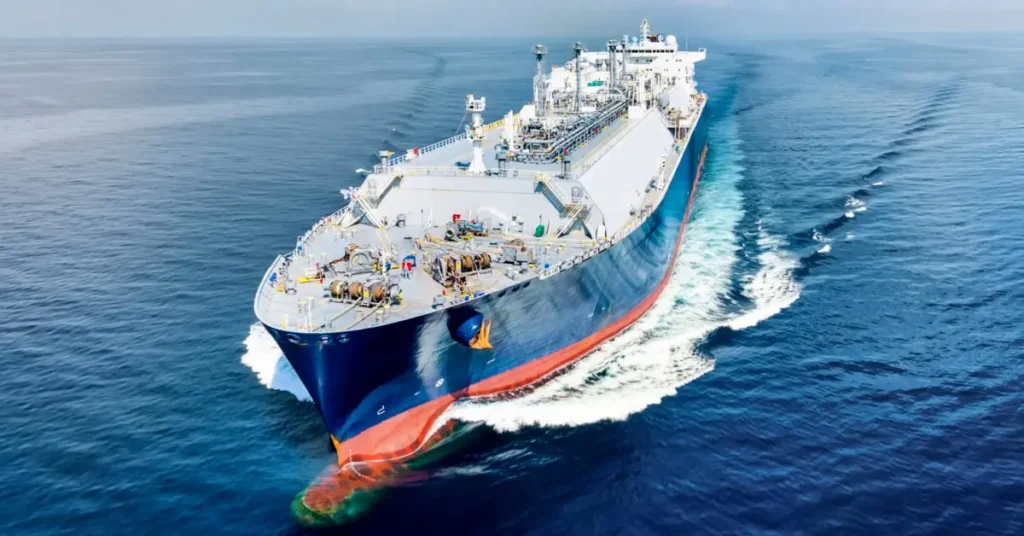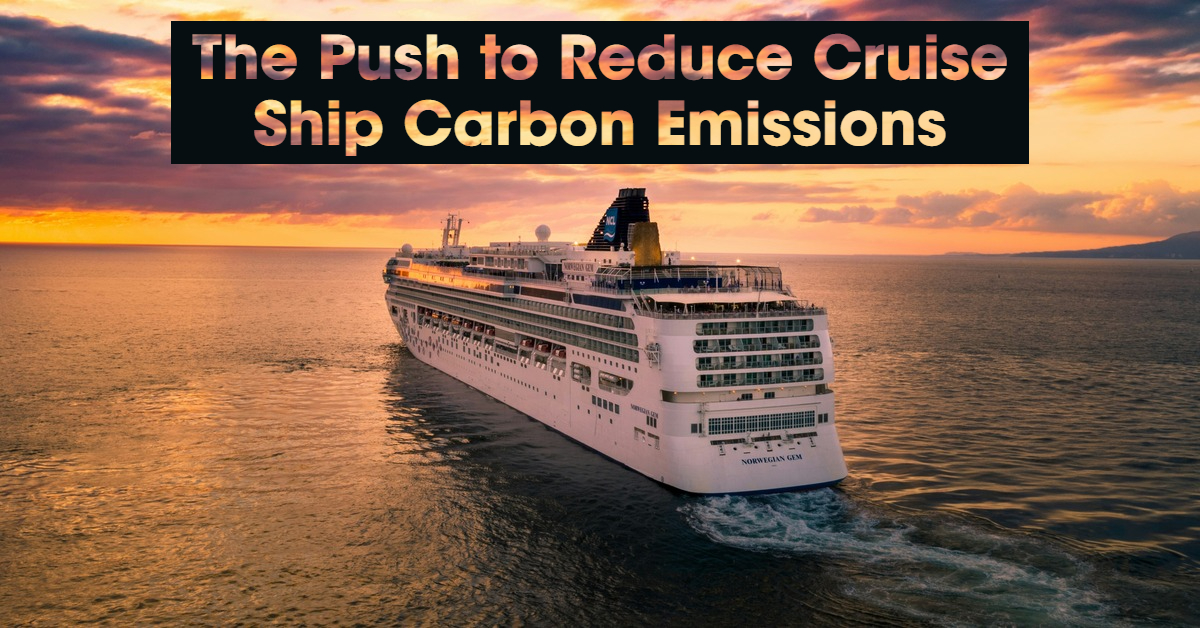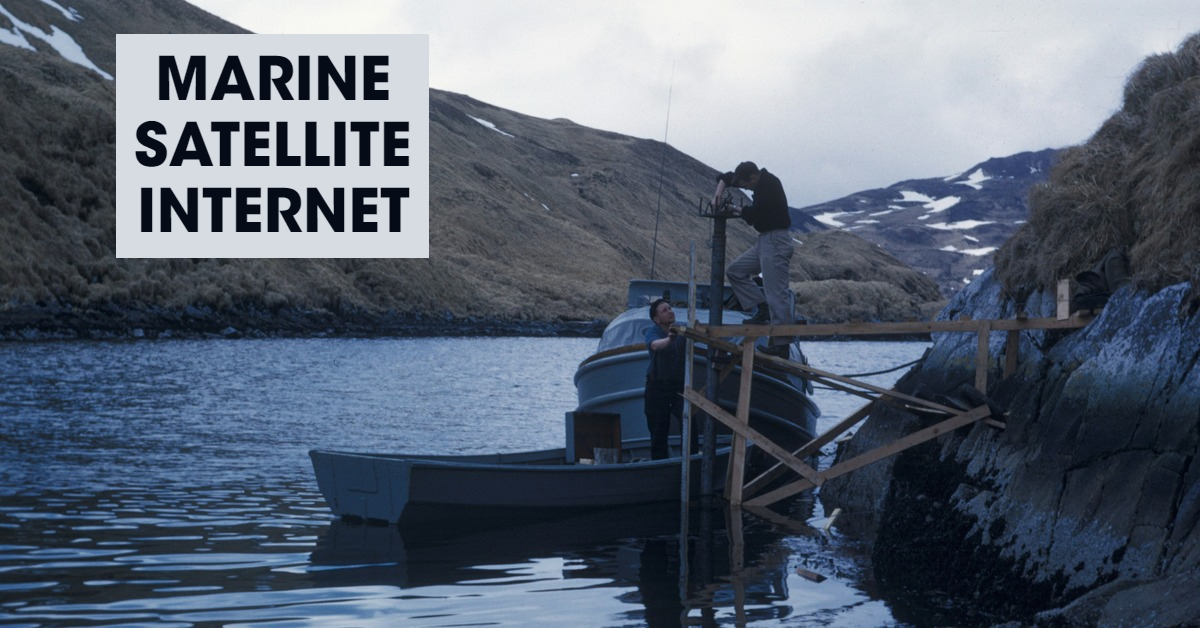Dual-fuel engines embody a significant technological advancement within the maritime industry, where they are employed for their versatility in fuel utilization. These engines are engineered to operate on two types of fuel, typically a combination of traditional diesel and a cleaner alternative like liquefied natural gas (LNG). The ability to switch between fuels allows for operational flexibility and can lead to economic as well as environmental benefits, which is particularly appealing for an industry facing stringent emissions regulations.

The maritime sector has shown increasing interest in dual-fuel engines due to their ability to reduce harmful emissions. By utilizing LNG, dual-fuel engines can cut down on the release of CO2, NOx, SOx, and particulate matter, making them an environmentally friendlier option compared to conventional engines that solely rely on heavier fossil fuels. This shift not only aligns with global efforts to combat air pollution but also positions ship operators to comply with future environmental legislation.
In application, dual-fuel engines present a practical solution for ships seeking to balance operational efficiency with environmental stewardship. Their design allows for fuel choice based on availability, cost, and regulatory demands, providing a level of flexibility that is highly valued in the ever-changing landscape of international trade and environmental policy. With the growing infrastructure supporting LNG as a marine fuel, dual-fuel engines stand as a beacon of progress in the industry’s move towards more sustainable operations.
What are Dual-Fuel Engines?
Dual-fuel engines represent a significant advancement in technology, giving the maritime industry a more flexible and efficient propulsion option.
Definition and Functioning of Dual-Fuel Engines
A dual-fuel engine is an internal combustion engine that has the capability to operate using two types of fuel, commonly natural gas and diesel. These engines start the combustion process with diesel fuel and then introduce natural gas, which ignites due to the heat generated by the diesel combustion. This allows for a more efficient fuel usage and a cleaner burning process.
Comparative Analysis with Single-Fuel Engines
Compared to traditional single-fuel engines that run solely on diesel, dual-fuel engines offer the advantage of fuel flexibility, wherein they can switch between natural gas and diesel fuels. This adaptability can lead to improved fuel efficiency and a reduction in emissions, as natural gas burns cleaner than diesel. Operators can also optimize fuel costs by utilizing the most economical fuel available.
Key Manufacturers and Technology Providers
Leaders in the dual-fuel technology domain include MAN Energy Solutions and Wärtsilä, both of which are renowned for their innovation and reliable engine designs. These manufacturers cater to a wide range of applications, providing engines that can run on a variety of fuels, including LNG (Liquefied Natural Gas), ensuring that the maritime industry can meet stringent environmental standards while maintaining operational efficiency.
In summarizing the application of dual-fuel engines in the maritime industry, the ability to use both diesel and natural gas allows for significant improvements in emissions and operational cost-effectiveness, reflecting the industry’s shift towards sustainable and versatile solutions.
Environmental Impact and Emission Control

Environmental concerns within the maritime industry have led to stringent emission standards and regulations. Dual-fuel engines offer a promising solution by improving emission characteristics and reducing particulate matters and gases, yet challenges like methane slip persist.
Emission Standards and Regulations
The International Maritime Organization (IMO) imposes global emission standards to mitigate the maritime industry’s environmental impact. These regulations aim to curb emissions of sulfur oxides (SOx), nitrogen oxides (NOx), and greenhouse gases. For instance, the IMO’s Maritime Pollution Regulation known as MARPOL Annex VI sets limits on SOx and NOx emissions from ship exhausts and prohibits deliberate emissions of ozone-depleting substances.
Dual-Fuel Engine Emission Characteristics
Dual-fuel engines can operate using both diesel and a cleaner fuel such as natural gas, significantly lowering emission levels compared to traditional diesel engines. This engine configuration offers a reduction in the output of nitrogen oxides (NOx), sulfur oxides (SOx), and particulate matter emissions. However, it is important to address methane slip—the release of unburned methane during operation—which can undermine the environmental benefits due to methane’s potent greenhouse gas effect.
Advancements in Reducing Particulate Matters and Gases
Advancements in dual-fuel engine technology have focused on emission control mechanisms to limit greenhouse gases and particulate matter emissions. Techniques like high-pressure direct injection and improved combustion chamber designs have been instrumental in minimizing emissions. Continuous innovation and emission regulations enforcement are pushing manufacturers toward solutions that align with the IMO’s targets for reducing maritime pollution.
What are Benefits of Dual-Fuel Engines in Shipping?

Dual-fuel engines in the shipping industry present a versatile and economical solution, delivering both environmental benefits and operational flexibility. Recognized for allowing ships to switch between different fuel types, they accommodate the maritime sector’s evolving fuel landscape.
Fuel Flexibility and Security
Dual-fuel engines offer the significant advantage of fuel flexibility, allowing vessels to operate on either liquefied natural gas (LNG), heavy fuel oil (HFO), or marine diesel oil (MDO). Such flexibility provides shipping companies with security against volatile fuel prices and potential shortages. The ability to switch fuels seamlessly not only enhances the operational reach of vessels but also prepares the industry for stricter environmental regulations.
Operational Efficiency and Cost Benefits
Investing in dual-fuel engines can lead to notable fuel efficiency improvements. Shipping companies benefit from lower operating costs when using LNG, which is often cheaper than traditional fuel oil. Moreover, dual-fuel technology can result in reduced fuel consumption and maintenance requirements, indirectly contributing to the operational efficiency of fleets containing containers and tankers.
Case Studies in Maritime Application
A range of case studies in the maritime industry have illustrated the practical benefits of dual-fuel engines. Companies operating large vessels, such as container ships and tankers, have reported enhanced fuel efficiency and reduced emissions, aligning with global sustainability goals. By transitioning to dual-fuel engines, they also pave the way for incorporating future renewable and low-carbon fuels, reflecting the shipping industry’s commitment to innovation and environmental stewardship.
Dual-Fuel Engines and the Decarbonization Drive
In the maritime industry, dual-fuel engines have become a pivotal technology in the mission to reduce greenhouse gas emissions. These engines, capable of using two different types of fuel, play a significant role in the industry’s efforts to comply with stringent environmental standards.
IMO Targets and the Role of Dual-Fuel Engines
The International Maritime Organization (IMO) has set ambitious targets to curtail maritime carbon emissions by at least 50% by 2050 compared to 2008 levels. Dual-fuel engines are integral in achieving this goal, as they can operate on both conventional fossil fuels and more environmentally friendly options such as liquefied natural gas (LNG). The adaptability of these engines allows for a smoother transition towards the use of alternative, more sustainable fuels like biofuels, hydrogen, and ammonia, without necessitating immediate full-scale infrastructural change.
Alternative Fuels and Future Innovations
Investigations into various alternative fuels are ongoing, with the potential for dual-fuel engines to operate on a range of options that could pave the way for a carbon-neutral future. Among these, hydrogen and ammonia have shown promise due to their high energy density and low emissions. Methanol is another fuel that has gained attention due to its potential for easier storage and handling compared to other alternatives. Moreover, retrofitting engines for dual-fuel operation often allows shipping companies to upgrade their fleets at a reduced cost and adapt to the emerging landscape dictated by IMO regulations.
Challenges and Opportunities for Decarbonization
While the path to decarbonization offers numerous opportunities, it is not without its challenges. The initial cost of developing and installing dual-fuel engines, as well as the infrastructure for new sustainable fuels, presents significant hurdles. However, these engines significantly reduce fossil fuel consumption and, as highlighted in Challenging road ahead for retrofitting to dual-fuel engine, offer a 15-20% reduction in exhaust emissions—a considerable advantage over traditional engines. The industry is also recognizing LPG and methanol as transitional fuels that can help bridge the gap until fully renewable solutions are viable and universally accessible. The combined efforts in innovation and regulations create a fertile environment for advancing decarbonization and curbing the industry’s overall environmental impact.
Applications Beyond Maritime
Dual fuel engines, lauded for their versatility and efficiency within the maritime industry, also find significant applications across other sectors. These engines are increasingly utilized in scenarios where fuel flexibility can translate to economic and environmental advantages.
Use in Industrial Power Generation
Industrial power generation has been an early adopter of dual fuel engines due to their ability to ensure consistent power supply while mitigating fuel costs. By utilizing a mixture of diesel and a secondary fuel source, commonly natural gas, these engines can adjust to fuel availability and price fluctuations. They serve as a reliable cornerstone for industries where power generation is critical, from manufacturing plants to data centers. The inherent flexibility of dual fuel engines in power generation applications ensures operational continuity even when specific fuel supplies are disrupted.
Integration within Land Transportation
The integration of dual fuel engines within land transportation marks a significant stride toward greener and more efficient propulsion. Dual fuel engines are integrated into the propulsion systems of heavy-duty trucks and locomotives, providing both an economic and environmental edge. By combining diesel and natural gas, vehicular emissions are reduced, and operators can leverage the often lower cost of natural gas. The adaptability of such propulsion systems further allows for the gradual incorporation of renewable fuels into the transportation sector, aligning with broader decarbonization initiatives.
Technological Considerations for Implementation
Before introducing dual-fuel engines into a maritime fleet, it is critical to consider the engineering challenges and requirements of retrofitting and conversion, as well as the logistics surrounding fuel storage and handling.
Retrofitting and Conversion Processes
Converting a vessel’s power system to accommodate a dual-fuel engine typically involves significant modifications. Retrofitting the existing engines is a complex process that needs to account for the integration of gas injection systems alongside traditional Liquid Fuel Oil (LFO) systems. Fuel conversions must be meticulously planned to ensure compatibility with both Heavy Fuel Oil (HFO) and lower emission gases like LNG. The engine’s control system and safety mechanisms also require updates to handle the new fuel types effectively.
Fuel Storage and Handling Requirements
Dual-fuel engines necessitate a robust infrastructure for fuel storage to ensure the safe and efficient handling of both conventional and gaseous fuels. Storage tanks for gaseous fuels like LNG must be designed to withstand low temperatures and comply with stringent safety standards. The handling requirements also involve developing fail-safe operational procedures, training for crew members, and adapting to port facilities equipped to supply these fuels. Proper storage solutions must prevent contamination and preserve the quality of LFO and HFO, alongside the newer, cleaner fuel options.
Conclusion
Dual-fuel engines are a revolutionary technology in the maritime industry, offering ships the flexibility to operate on two types of fuel—typically diesel and natural gas. Their ability to switch between fuels allows operators to optimize their fuel usage based on availability, cost, and regulatory compliance. These engines are especially advantageous in terms of reducing emissions, making them an environmentally-friendly option in alignment with the International Maritime Organization’s (IMO) stricter emission standards.
The economic benefits of dual-fuel engines are also significant. Their operational efficiency can lead to reduced fuel costs over time, and by using liquefied natural gas (LNG), operators may experience lower maintenance costs due to the cleaner-burning properties of gas. In addition, dual-fuel engines maintain high performance and reliability as they can produce comparable power outputs to traditional engines.
Across the maritime sector, from cargo ships to passenger vessels, the application of dual-fuel technology is expanding. It signifies the industry’s move towards more sustainable and cost-effective solutions in response to both environmental regulations and market demand for cleaner energy sources.
In summary, the integration of dual-fuel engines in the maritime industry is a clear indication of its commitment to innovation and sustainability. These engines not only comply with regulatory standards but also provide a versatile and efficient solution for marine propulsion that stands to redefine future marine engine technologies.
- Sustainable and Luxurious: Discovering Split’s Yachting Paradise – April 26, 2024
- MarineTraffic vs VesselFinder: Which Is Better Vessel Tracking Service? – February 14, 2024
- Port Costs: A Comprehensive Guide to Port Dues and Fees for Cargo Ships – February 12, 2024




Leave a Reply